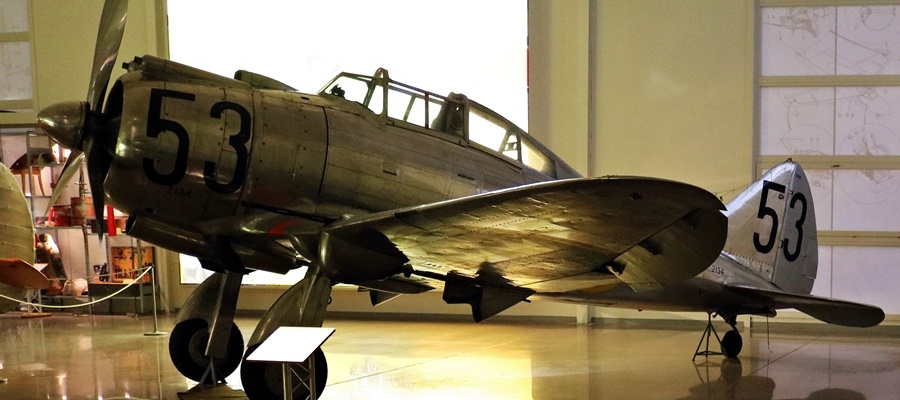The Seversky P-35 single seat pursuit aircraft was developed in the 1930’s and became the first all-metal monoplane fighter with an enclosed cockpit and retractable landing gear for the US Army Air Corps (USAAC). 77 P-35’s were ordered by the USAAC for delivery between 1937-38 (76 P-35’s were delivered and the 77th was converted to the improved XP-41 prototype that did not go into production). No further orders were placed by the USAAC as delivery from Seversky had been slow and the US government were also not too happy the company had sold 20 Seversky 2PA two-seat fighter-bomber aircraft to the Imperial Japanese Navy in 1939! The USAAC went with the Curtiss P-36 Hawk instead.

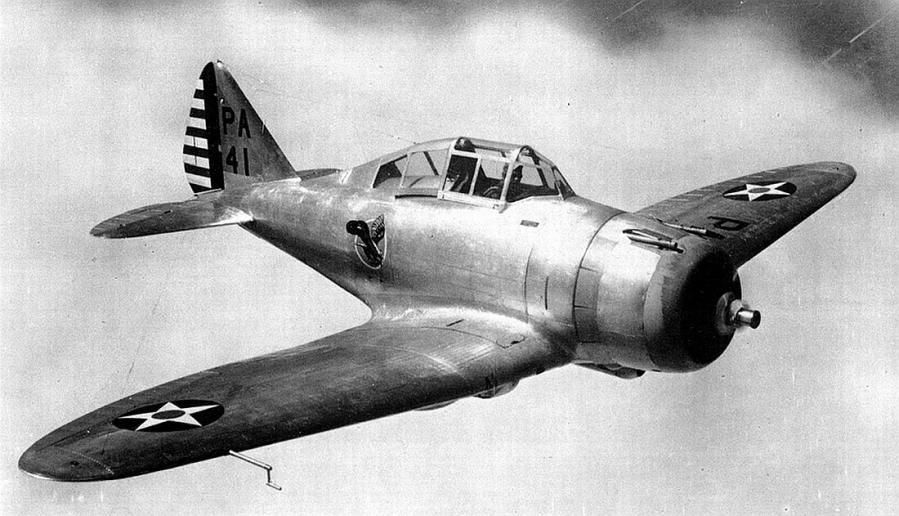
In early 1939 Alexander P. de Seversky himself took a demonstrator aircraft to Europe to spruik the fighter to European buyers but only Sweden placed an order. 120 EP-106 variants (European Pursuit 106) were produced for export to Sweden in 1940. The EP-106 was fitted with a Pratt & Whitney R-1830-45 radial piston engine with 1,050 hp (the original P-35 was fitted with a Pratt & Whitney R-1830-9 radial piston engine with 850 hp). Unfortunately for Seversky, in 1940 he was fired from the company by the board of directors, and his namesake became Republic Aviation!
Only 60 EP-106 fighters were delivered to Sweden though, due to a June 1940 US arms embargo on all aircraft deliveries to Europe other than Great Britain, out of the fear they may end up in Axis hands. The remaining 60 were acquired by the USAAC and redesignated as the P-35A. 6 were exported to Ecuador to form their first fighter squadron.
Although of rugged construction, ultimately the P-35/P-35A was entering a modern world of air warfare in which it was too slow (P-35A top speed 467 km/h / 290 mph), lacked armour protection, had no self-sealing fuel tanks and was poorly armed (originally the P-35 had just 1 x 0.50 and 1 x 0.30 calibre machine gun enclosed in the engine cowling, the Swedish P-35A had 2 x 13.2 mm guns in the engine cowling and added 2 x 7.9 mm machine guns in the wings. The USAAC P-35A’s were fitted with 2 x 0.50 cal’s in the engine cowling and 2 x 0.30 calibre machine guns in the wings). These types of aircraft were soon superseded by more capable aircraft anyway, such as the Curtis’s P-40 Warhawk.

A few USAAC P-35A’s were retained in the US for training purposes and 48 were sent to the Philippines in early 1941 for training and air defence duties with the 3rd and 17th Pursuit Squadron at Del Carmen Field, Luzon, with the intention of transferring them to the Philippines Army Air Corps (PAAC) when replaced by P-40’s. Both squadrons ended up transferring most of their P-35A’s to the newly arrived 21st and 34th Pursuit Squadrons in November 1941 but the 21st soon received P-40’s and transferred their aircraft to the 34th. A few were lost in training accidents, then the Japanese invasion of the Philippines commenced on December 8th, 1941 and all hell broke loose!

The P-35A soon showed its inadequacy against modern Japanese fighters such as the Mitsubishi A6M Zero with losses in the air but most were destroyed or badly damaged whilst sitting on the ground – after the first few days of fighting, only 8 of the 48 remained operational! The 34th Pursuit Squadron exacted some revenge (at great loss) on the Imperial Japanese Navy on December 10th, 1941 whilst strafing invasion shipping, damaging ships and boats, and even sinking the minesweeper W-10 (credited to Lt. Samuel H. Marrett who died in a crash as a result of the ships explosion, which tore off the wings of his aircraft! Marrett was posthumously awarded the Distinguished Service Cross for his heroic actions)! All USAAC P-35A’s were lost in combat in the Philippines.
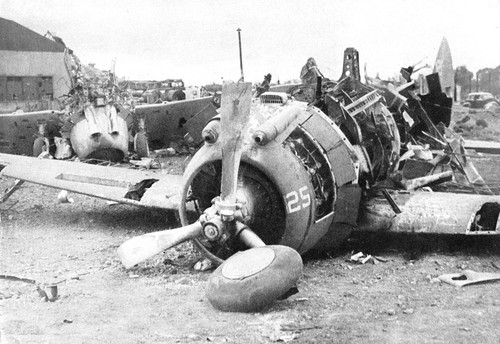
The 60 EP-106 fighters delivered to Sweden in 1940 were designated as the J 9 (the first came via the port of Trondheim, Norway. The rest had to be shipped via a Finnish arctic port, as Germany had invaded Norway). Although technically outdated, they were faster and better equipped than Swedish biplane fighters then in service (plus the enclosed cockpit would have been great appreciated in Winter!). They were deployed in the air defence of Stockholm and served with the Swedish Air Force (Flygvapnet) in a fighter role until 1946. A number soldiered on in recon role with a camera installed behind the pilot and others were deployed in training roles, until the last 7 were retired in 1952.

The Survivors
It is reported that only 3 Seversky P-35 aircraft exist today. One, a P-35A (J 9) can be found in the Swedish Air Force Museum in Malmen near Linköping and the other 2 are in the USA. I have been lucky enough to see all of these aircraft in person.
The Swedish survivor entered service in July 1940 and was in operation until retired in 1948. Fortunately it was earmarked for preservation in 1948 and allocated to the Flight Historical Collection at Malmen.


P-35 Serial Number 36-404 is on display at the National Museum of the US Air Force in Dayton, Ohio. It is the only original P-35 left. It served with the 94th Pursuit Squadron from the 1st Pursuit Group based at Selfridge Field in Michigan but is painted in the markings of a P-35A flown by 1st Lt. Buzz Wagner, the commander of the 17th Pursuit Squadron in the Philippines in the Spring of 1941.


Kermit Weeks is restoring a Swedish P-35A (J 9) for his Fantasy of Flight Museum in Polk City, Florida. It was converted in Sweden for photo reconnaissance work at the end of World War Two and retired from reconnaissance flying Circa 1948/49, it was then used as a liaison aircraft and squadron hack before a forced landing put it out of service in 1950. The aircraft then spent the next two decades in and out of storage, superficially done up and rolled out for air shows here and there, until it was donated and transported from Sweden to the USAF Museum in 1971, and eventually into the possession of Kermit.
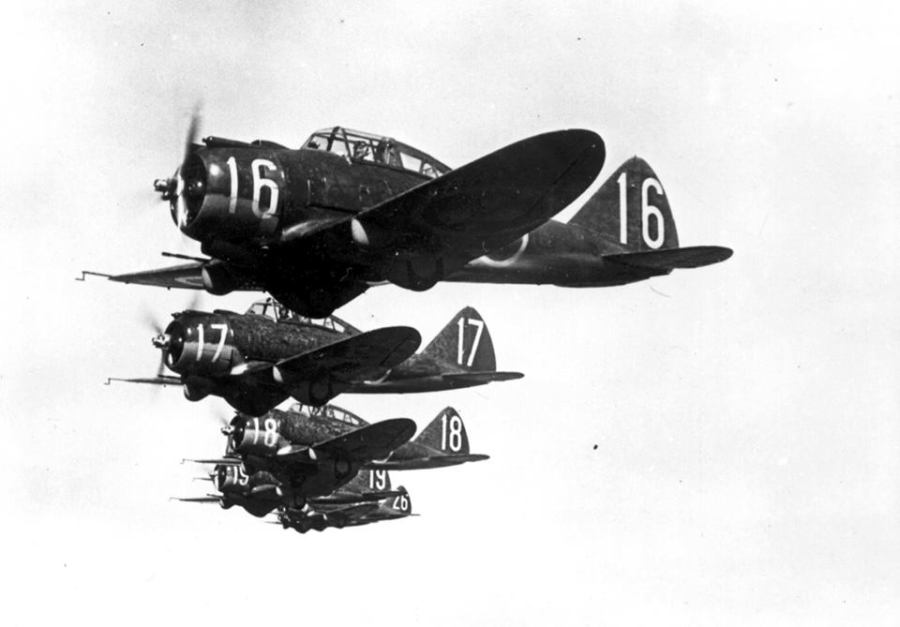
The internal airframe is reported to be in good condition but all the exterior skin is being replaced. Although a Swedish Air Force fighter, it will be displayed in USAAC Philippines 1941 livery and markings. I saw this aircraft in 2010 as a work in progress when the Fantasy of Flight Museum was regularly open to the public.
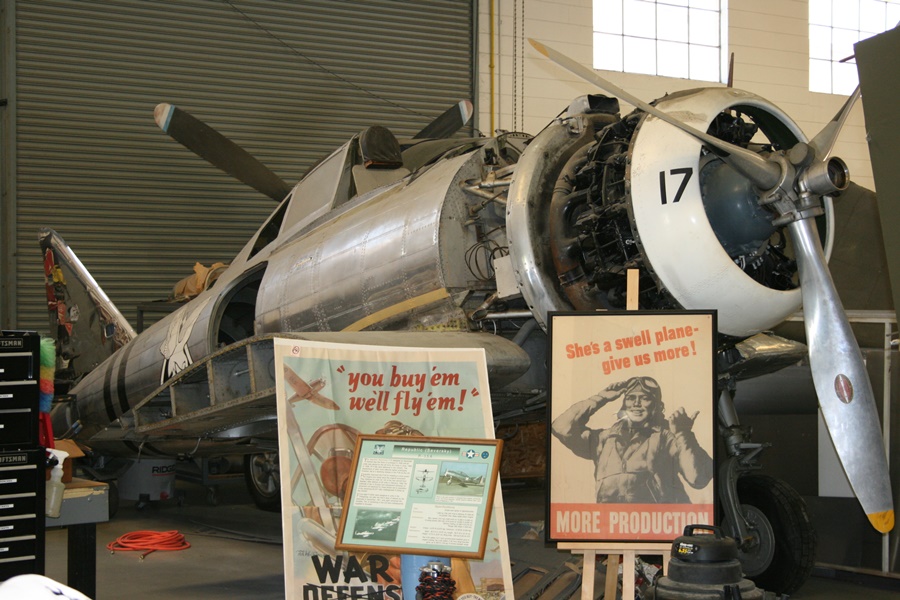
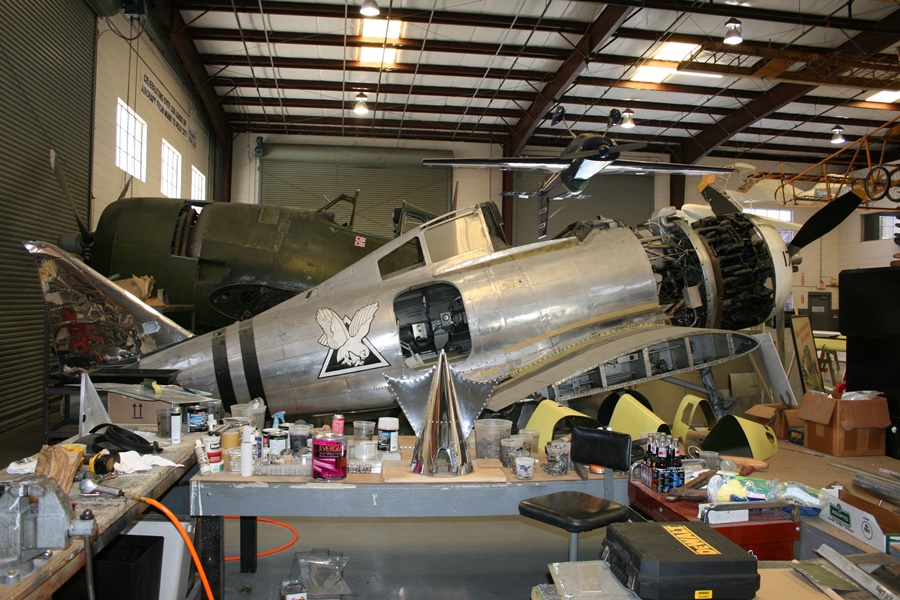
There is also a 2 seat Seversky AT-12 Guardsman trainer (Serial Number 483-38), at the Planes of Fame Museum in Chino, California. The trainer variant was developed alongside the P-35. This was one of 52 Seversky 2PA two-seat fighter-bomber aircraft ordered by Sweden (designated B 6) but only 2 were delivered, with the rest going to the USAAC after the 1940 arms embargo. They were rearmed and redesignated as the AT-12 for USAAC service. It is the only flyable AT-12 in the world.
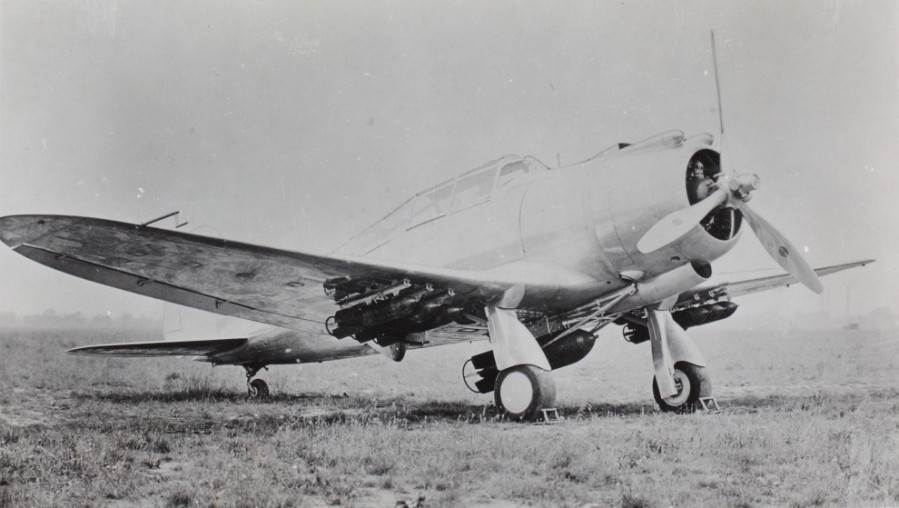

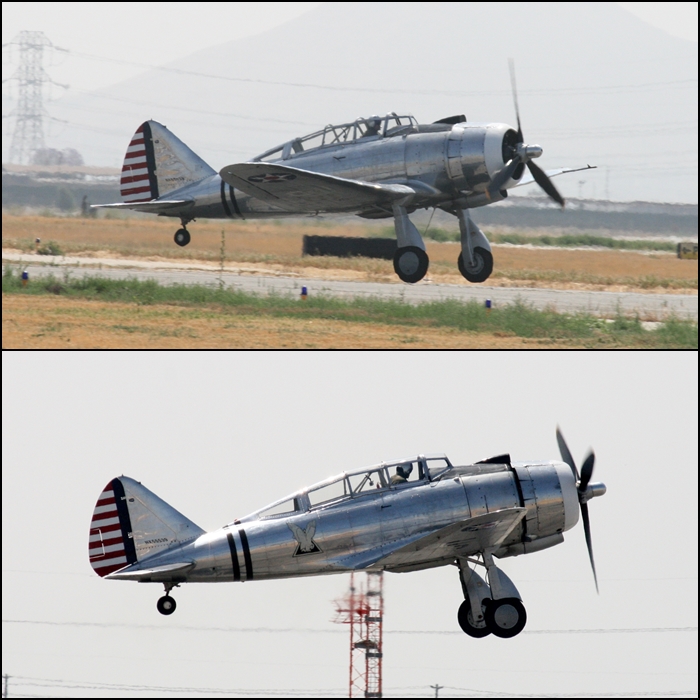

Although not overly successful as a fighter, the Seversky P-35 inspired at least one aircraft design team in Italy. More on that in my next post.
References:
Kermit Weeks Facebook Page – P-35 Restoration Post
National Museum of the US Air Force – Seversky P-35 Fact Sheet
Planes Of Fame – Seversky AT-12
The 456th Fighter Interceptor Squadron – Seversky P-35
The Aviation History Online Museum – Seversky P-35
